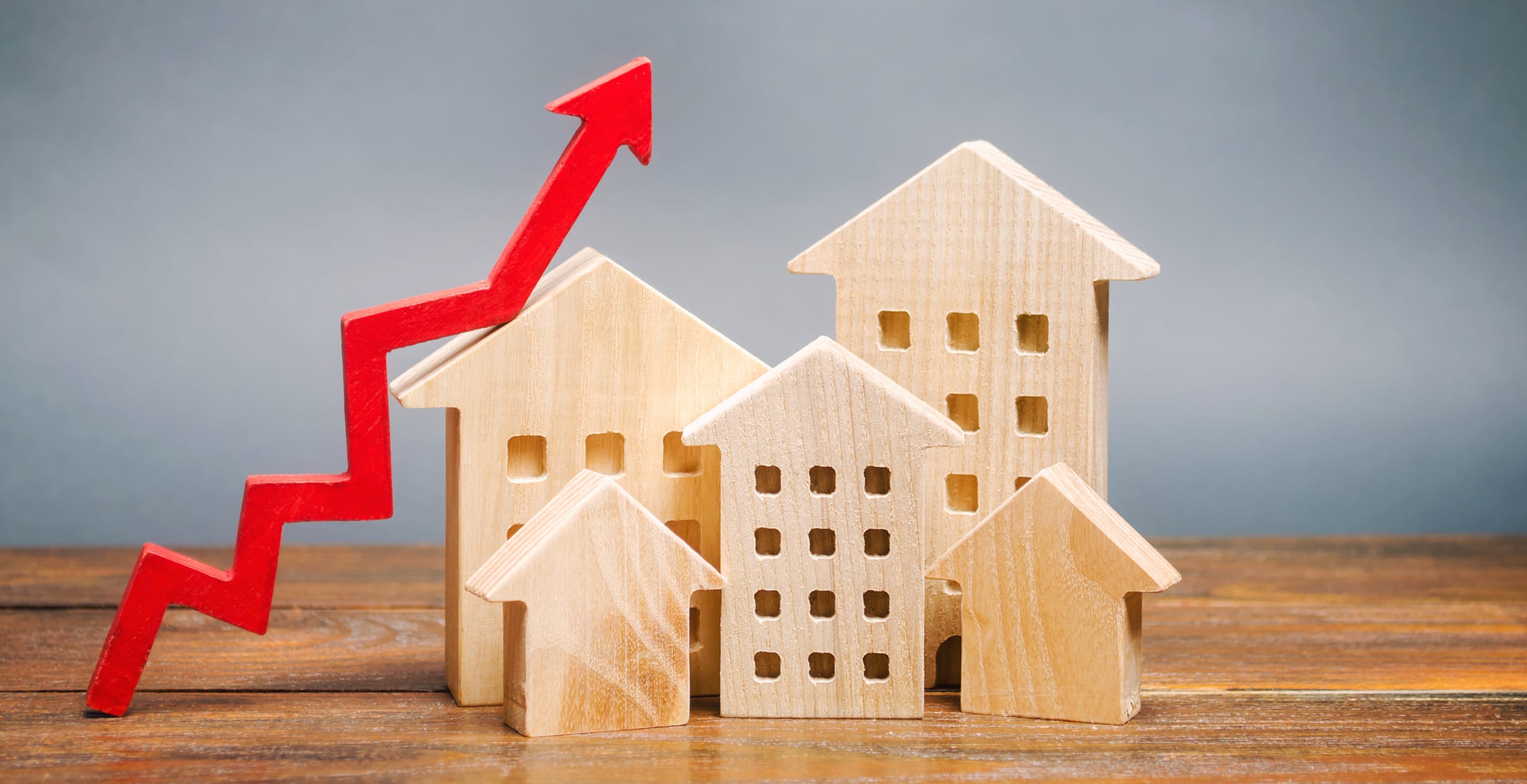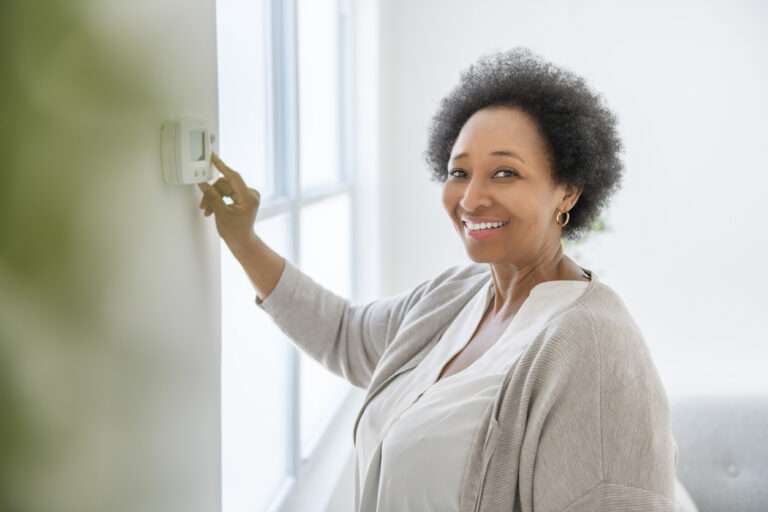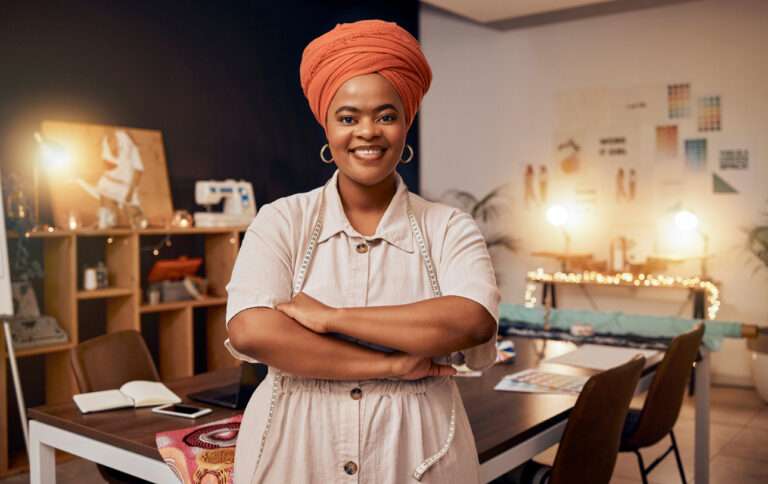By Chuck Bishop, Head of Diverse Segments for Wells Fargo Home Lending
Despite ongoing challenges due to the pandemic, Black Americans joined the many homebuyers looking for a space to call their own during the past year. But even against that backdrop, the homeownership gap for the Black community remains significant, and concerns remain about the overall effect the pandemic-slowed economy and historic challenges will have on long-term homeownership goals.
Throughout the year, it’s important to acknowledge the challenges the Black community faces when it comes to homeownership and racial equity, and also acknowledge the important work that remains. That’s especially true considering how far behind the homeownership rate for the Black community lags compared to other communities in America, and how important owning a home is to achieving the American Dream and building long-term wealth.
The homeownership rate for Black families is nearly 30 percentage points lower than that for white families, according to a recent analysis by the National Association of Realtors. A recent Urban Institute report warns that if no policy measures are taken to address the significant homeownership gap, homeownership rates will continue to fall further behind, likely pushing more members of the Black community into renting as they age.
The Black community also continues to face significant barriers to home buying. Saving for a down payment, building credit and finding affordable homes are challenges for many Americans, but can be even more so for potential homebuyers in the Black community.
According to a 2020 report from the Urban Institute, Black households have the lowest median FICO score among all racial and ethnic groups and the greatest share of households with no credit score at all. Serving these households requires lenders and other stakeholders to work toward new solutions. The Office of the Comptroller of the Currency’s Project REACh, which we are a part of as both a founding participant and as the lead of its affordable homeownership work group, is one spot where the industry is joining hands with policy makers to address issues.
At Wells Fargo, we are committed to taking steps to increase homeownership within the Black community. In 2017, we announced a commitment to help increase African American homeownership that includes $60 billion in purchase lending to create at least 250,000 homeowners over the next 10 years; a focus on increasing the diversity of our sales team including African American Home Mortgage Consultants; and dedicating $15 million toward initiatives that promote homebuyer education and counseling. While we have made progress, creating more than 72,000 homeowners to date, much work remains.
As a lender, we look to support homeownership in a number of ways, from offering a broad array of products to providing high quality education to consumers. We offer educational tools about the home lending process, building credit and other important financial topics, including an interactive experience at myfirsthome.wf.com.
We also try to strategize on ways to share information through community organizations and outreach. Our home mortgage consultants also are ready to guide potential homebuyers through the process, even if they aren’t ready to purchase right away. We encourage potential homebuyers to find out where they stand financially, and then come up with a plan, including seeking HUD-approved homebuyer education, and counseling from a nonprofit housing provider. Too many potential buyers wrongly assume that their credit isn’t good enough or that they don’t have enough funds saved for a down payment.
We also encourage potential buyers not to get overwhelmed by the concept of a down payment. Wells Fargo offers low down payment options that can help potential buyers get past that savings hurdle. Buyers can achieve their homeownership goals with as little as 3% down, giving them flexibility to decide how much of their savings to devote to a down payment, and how much to keep for a rainy day. In addition, a number of organizations have down payment assistance programs available that may also help.
There is no single solution that will solve the challenges facing Black homeowners, but there are many steps that we can take to narrow the homeownership gap. We continue to evaluate the ways we can help customers and our communities become stronger and help more members of the Black community achieve the dream of homeownership.
Source: NNPA








